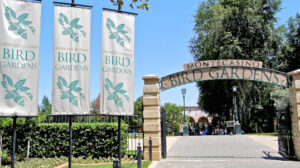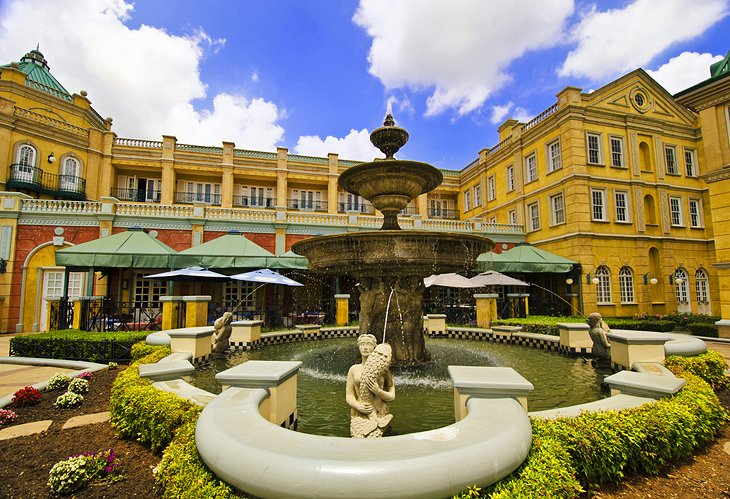Little Known Facts About Johannesburg North Attractions.
Little Known Facts About Johannesburg North Attractions.
Blog Article
The Facts About Johannesburg North Attractions Uncovered
Table of ContentsEverything about Johannesburg North AttractionsThe 5-Minute Rule for Johannesburg North AttractionsThe Single Strategy To Use For Johannesburg North AttractionsThe Basic Principles Of Johannesburg North Attractions Johannesburg North Attractions - The FactsNot known Facts About Johannesburg North AttractionsThe Best Strategy To Use For Johannesburg North Attractions
Nevertheless you need to keep security in mind and tourists have to continue to be alert in any way times when in strange environments. Talk with the locals when you are in community to discover out regarding the area you are staying in. Johannesburg North attractions. When on the street (this doesn't put on mall and other safe atmospheres) finest basic advice is to try your finest to look like a neighborhood and to prevent presenting any kind of form of wide range
Getting My Johannesburg North Attractions To Work
Professor Revil Mason O. J. (Thomson, 1946) discovered the Witwatersrand's pre-colonial background. His historical job took off the 'em pty land' myth, according to which the region was without human habitation before the arrival of European settlers. In his publications Prehistory of the Transvaal: A Record of Human Activity (1962) and Beginnings of Black People of Johannesburg and the Southern Western Central Transvaal AD 3501880 (1986 ), Teacher Mason showed the extent of social and economic growth in the area prior to Europeans established foot right here.

Fascination About Johannesburg North Attractions
In 1878, David Wardrop located gold in quartz capillaries at Zwartkop, north of Krugersdorp. In 1881, Stephanus Minnaar came across gold on the ranch Kromdraai, near the Cradle of Mankind.
In March 1886, an outcropping (soon to be called the Main Coral reef) was found, quite fortunately, on Gerhardus Oosthuizen's farm Langlaagte. Some say that the Lancastrian coal miner George Walker found this reef. An additional travelling English prospector, George Harrison (who had previously operated in Australian mines) gotten a prospecting licence in respect of Langlaagte in May 1886.
He decided to go on in a pursuit for greener pastures, and disposed of his Langlaagte case for the baronial sum of 10. Alas: below lay the wealthiest goldfield ever before discovered. The exploration of this rich auriferous coral reef provoked a gold thrill that signalled the end of bucolic tranquillity in the southerly Transvaal.
It would, within 6 years, become the biggest town in southerly Africa. Within a decade, it would make the Z. A. R. until after that an anarchical and insolvent little state the richest nation in Africa. By the millenium, the Z. A. R. was to go beyond Russia, Australia and the USA of America to end up being the globe's leading gold producer, producing greater than a quarter of the world's gold.
How Johannesburg North Attractions can Save You Time, Stress, and Money.
It was recognized as Ferreira's Camp, named after Colonel Ignatius Ferreira. He was a Boer adventurer upon whom the British authorities had actually presented the standing of Buddy of the Many Identified Order of St Michael and St George (entitling him to the post-nominal letters C. M. G.) in thankfulness for his duty in the war that had actually see this page deposed the Pedi king Sekhukhune in 1879.
Quickly the camp was teeming with camping tents and wagons as novices got here daily from much and wide. By September 1886, some 400 people resided in Ferreira's Camp, which soon boasted upraised iron and hardwood buildings. 2 other camps were established: Meyer's Camp on the ranch Doornfontein, and Paarl Camp. The latter was nicknamed Afrikander Camp; many individuals from the Cape Colony settled there.

Rumored Buzz on Johannesburg North Attractions
This name gained money by word of mouth, such that the State Assistant attested the name to the Mining Commissioner on 9 October 1886. Stands in the village were auctioned on 8 December 1886. While some stands were cost 10, others were torn down for just sixpence.
2 years later on, these erven were to alter hands for as high as 750 each. The tented camps decreased as a dorp of corrugated iron structures developed and expanded north of the mines situated along the Key Coral Reef Road. Areas such as Jeppe's Community (where working-class immigrants erected their dwellings) and Doornfontein (where the wealthy new 'Randlords' started to construct their extravagant residences) were quickly contributed to the ever-expanding map of the community.
Getting My Johannesburg North Attractions To Work
Apart from the road names, there were no indicators of Johannesburg being located in a Dutch-speaking country. Years later, C. W. Kearns O. J. (among the very first boys registered he said at St John's University in 1898) would certainly remember: 'A strange fact about Johannesburg was that, although it was in the [Boer Republic], almost every person talked English and also the Federal government slaves addressed one in English, unless they were first dealt with in the Taal (or Low Dutch)'.
Therefore, Britain had a passion in making sure optimum conditions for gold manufacturing on the Witwatersrand, which the gold was exported to London instead than Berlin a vital provided even more clamant by the Z. A. R - Johannesburg North attractions.'s enhancing toenadering with Germany. Mine proprietors were on a clash with Head of state Kruger, whose policy of monopolistic giving ins (frequently given to his cronies) avoided mining companies from procuring materials of products (especially dynamite) and labour by themselves, more affordable terms
The Johannesburg North Attractions Statements
In 1890, the Volksraad had limited the franchise to white men weblink that had actually stayed in the Z. A. R. for fourteen years or longer, thus invalidating many of the immigrants (that took place to be the major factors to the fiscus). Agitation for the vote was a plain pretense for promoting a different schedule; most uitlanders regarded themselves as short-lived visitors and had no objective of continuing to be in the Z.
Report this page